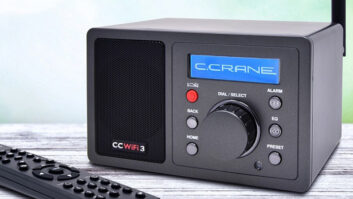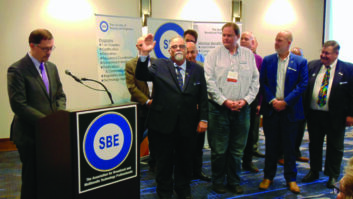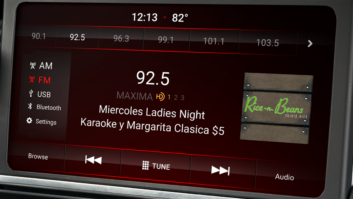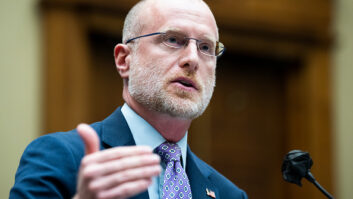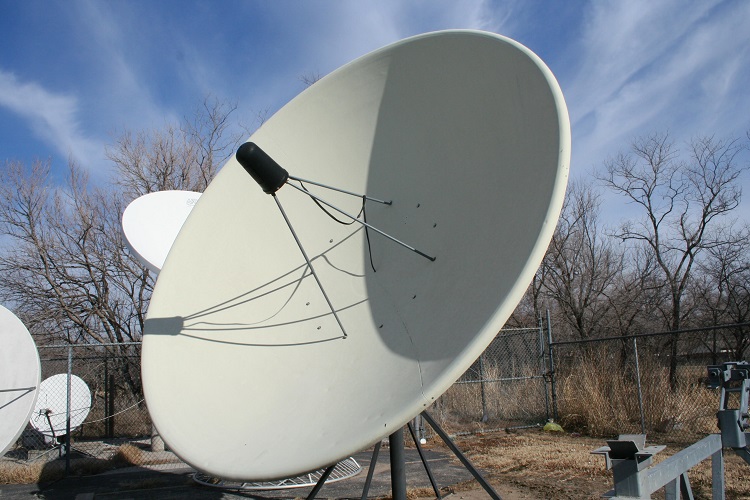
U.S. radio stations have two weeks left to decide whether to take their “lump sum” reimbursement in the C-Band repack.
Phones are still ringing like crazy at companies that are involved in satellite infrastructure.
“Over half of the radio stations still don’t understand that they have a choice for the lump sum,” said John Joslin of Dawnco. “We know, because we are talking to dozens of stations per day now.”
“They can get the lump sum if they file by Sept. 14 — otherwise only free filters and gear from the satellite operators,” he continued.
[Related: “Takeaways From the NAB’s C-Band Webinar”]
“I just spoke to a tiny little radio station in Arkansas who bought a new dish from us in 2016, which has a dual-pole feedhorn,” Joslin continued.
“Two years ago she registered that dish. Now she will get the $17K lump sum when she files for the lump sum by Sept. 14. Her only cost will be for the $500 phase-2 filter in 2023. She can put the $16K remainder in her pocket.
“If she had not heard about the lump sum program, she would have only received a free filter from SES,” Joslin concluded. “How crazy is that?”
A common question is whether a station needs to hire a Washington lawyer or firm to file, especially if they are accustomed to doing their own legal work for cost purposes.
Joslin recommends using a qualified firm that has experienced staff and connections to process the lump sum filing. “It is possible to file on your own, but you need to find the needed documentation on the FCC website, which can be difficult. Most importantly, if you make a mistake, the FCC isn’t very forgiving.”
Another frequent question is whether existing antennas are sufficient, nor or down the road.
Joslin said the repack will be easy for some downlink owners and hard for others. “Easy for a station that has a 3.7 meter or larger satellite antenna that performs well, so the station may only need to update receiver frequencies and install Phase-1 and Phase-2 filters at the appropriate time,” he said, “hard for stations that have mesh dishes or dishes smaller than 3.7 meter (12 feet) or very old dishes, which perform marginally now and won’t perform at all in the future.”
He said the environment for C-Band satellite reception will get progressively more difficult during the three-year repack process.
“All program providers will eventually be moved up to frequencies above 4000 MHz, and much of the channel movement will take place in 2021 and 2022. All satellites serving the United States will begin to fill up their entire 4000 to 4200 MHz downlink frequency band,” he said.
“Satellites that are underutilized now will be stuffed full of channels. In the new environment, dishes aimed at one satellite will be confronted with adjacent satellites on the east and west that have powerful carriers. Adjacent satellites may have carriers that are near to the desired frequencies for the satellite they are aimed at.”
Joslin said the increase in adjacent satellite interference will start degrading the performance of lower-grade dishes as soon as mid-2021.
“If the low-grade satellite antenna isn’t replaced before the problem occurs, the dish owner may have to scramble to replace it after reception has degraded. Owners of low-grade and small dishes should start to replace them now, before equipment lead times get extended and the rush to upgrade happens en masse.”
[Watch a free webinar from the Alabama Broadcasters Association.]
[Read other recent coverage at https://www.radioworld.com/tag/c-band.]
